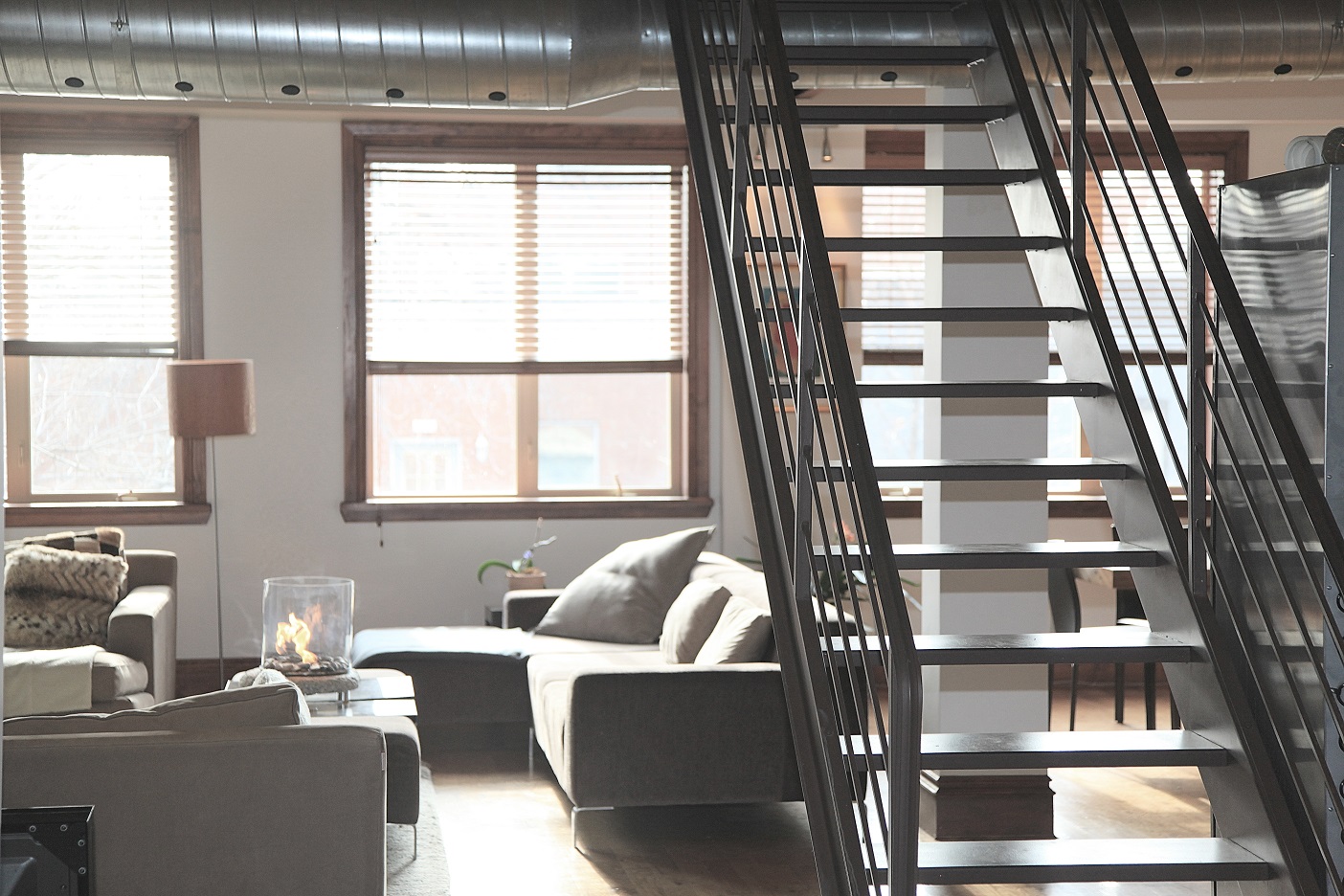How Can We Solve the Absence of Affordable Housing in Atlanta?
Equity and affordability.
The lack of these two imperatives is what initiated the departure of Atlanta Beltline Partnership board members Ryan Gravel and Nathaniel Smith in late September. Ryan, the urban planner who proposed the Atlanta BeltLine in his Georgia Tech Master’s Thesis, and Nathaniel, founder of the Partnership for Southern Equity, left the board with concern that too little was being done to promote affordable housing off the popular beltline, a 22-mile corridor circling central Atlanta.
An Atlanta Business Journal article states, “Gravel said the vision for the BeltLine has been one of inclusivity – making sure its success does not prevent people of all income levels from being able to live on all parts of the 22-mile corridor.” Even the corridor’s tagline, “Where Atlanta Comes Together,” suggests this underlying vision.
But affordable housing is an issue across Atlanta, not just on the BeltLine.
To anyone has driven around Atlanta, it is apparent that developers are building apartments everywhere. I understand the need to satisfy demand for housing near emerging and expanding employment centers. And I realize this demand is combined with the perceived desire of millennials and retiring baby boomers to live near “where the action is.” But it seems like Atlanta is heading towards more of a New York style of living—small, expensive apartments. Really?
At recent Georgia State Economics conferences, I have heard Rajeev Dhawan, Director of the Economic Forecasting Center, voice his concerns about whether the salaries of the population expected to fill these apartments can support the rents being asked. No doubt the cost of land and construction dictates what rents must be in these new buildings, but it seems the supply will soon outstrip demand. With the rents at or near a breaking point, a financial crisis in this sector could be just over the horizon.
It is no secret that the supply of well-located, affordable houses for sale has lagged in this recovery, but at what point do millennials with growing families and limited budgets start to look elsewhere for suitable housing? Another negative result of this trend is the lack of housing for low-wage workers and life-safety service providers in the area where they work. This occurs in such places as Sandy Springs, where older, lower-rent apartments are being replaced with new, high-end mixed-use developments.
Possible Solutions?
How do you solve this problem? Here are several possible solutions.
- Rent Control
- A long-time reality in NYC, now being considered in San Francisco and Silicon Valley
- Doesn’t increase the housing stock, but keeps rents low
- Housing tends to age and deteriorate due to lack of financial incentives
- Tax Credits
- Incentivizes developers to build low-income housing
- Replaces the public housing option
- Has been used successfully in Atlanta
- Regulations
- Require new developments to allocate a certain percentage of units to lower-income families
- Low-Income Subsidies
At some point, Companies currently domiciled in primary markets (i.e. NY, San Francisco, Boston) will expand or relocate into markets which offer lower labor and housing costs, but still provide all of the amenities of primary markets. Some examples are Austin, Nashville, Charlotte and Raleigh. The advances in telecommunications and transportation make this logical, and investors are already eyeing these cities.
In any event, affordable housing is a serious issue that needs to be addressed. As always, a solution will take vision by local leaders and will create an opportunity for investors and developers who can figure out how to address the problem.
Do you have suggestions to create more affordable housing in Atlanta? How do you see this issue getting resolved?



